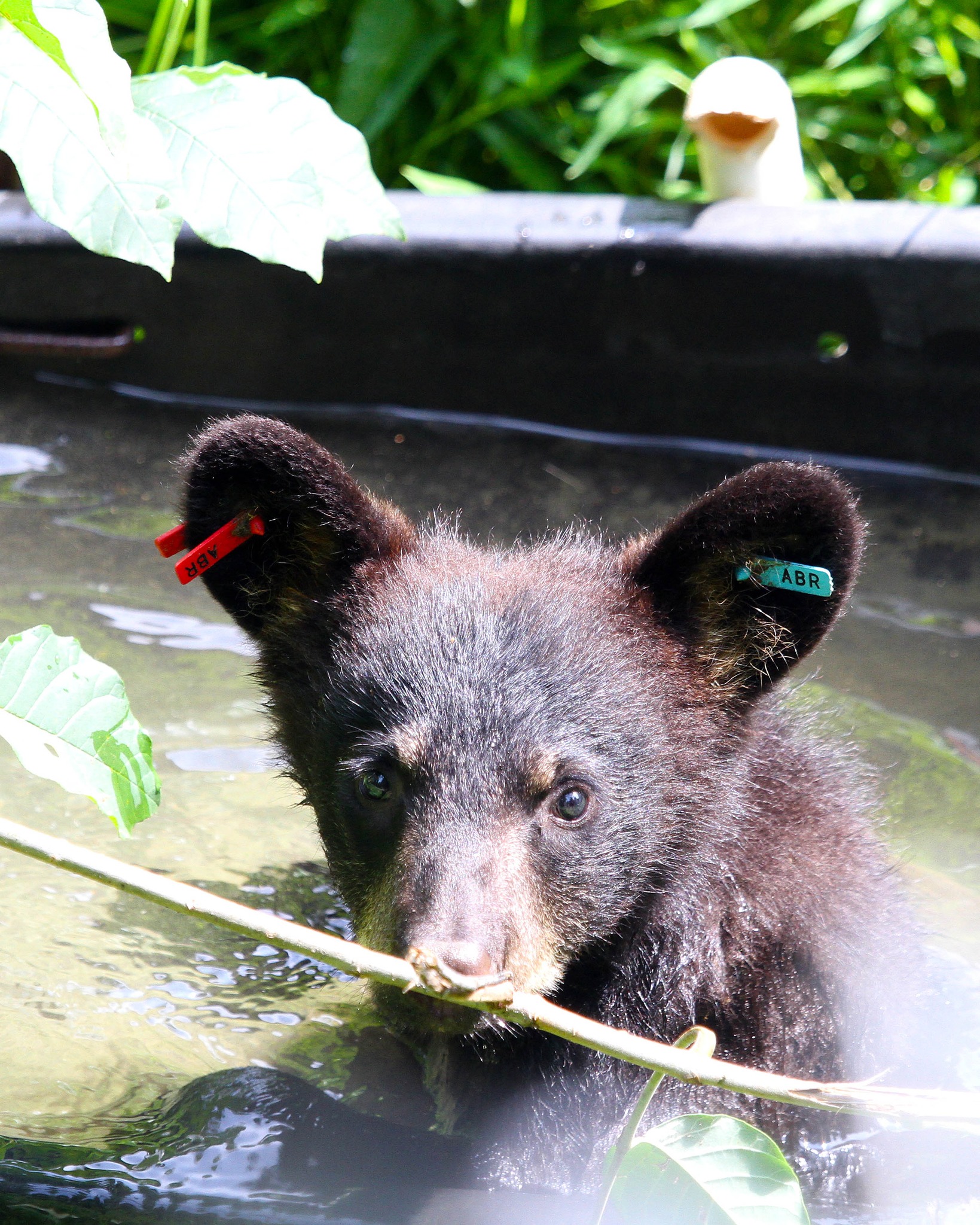The final agreement was approved by the ABR Board of Directors on July 7 and publicly signed by both parties on July 21. With the agreement in place, TWRA will resume placing bears at ABR as allowed in the scope of the agreement.
“The process of developing this working agreement has created a stronger partnership between TWRA and Appalachian Bear Rescue,” said TWRA Executive Director Jason Maxedon. “We applaud the ABR Board of Directors and staff for their diligent commitment to providing the highest quality care possible for bears in need of rehabilitation. Together, we can continue to ensure the future of wildlife conservation is effective and based on best management practices.”
“I’m proud to say that, like many of the cubs we’ve cared for, we are persistent and resilient,” said ABR Interim Executive Director Greg Grieco. “We have faced this ordeal head-on, and there are still some challenges ahead. However, with this new cooperative agreement, facility upgrades and the unwavering commitment of our dedicated supporters, we can ensure that there will continue to be an option to rehabilitate orphaned and injured bear cubs in Tennessee for the foreseeable future.”
Tennessee Wildlife Resources Agency is the state agency tasked with preserving, conserving, managing, protecting and enhancing the fish and wildlife of the state and their habitats for the use, benefit and enjoyment of the citizens of Tennessee and its visitors. TWRA is also the permitting agency that regulates animal rehabilitation facilities.
Appalachian Bear Rescue is a wildlife rehabilitation facility that has cared for more than 400 black bear cubs and yearlings from nine states and multiple National Park sites over the course of its 29-year history. Countless other wild bears have benefited from educational outreach and research initiatives.
In East Tennessee, black bears are abundant and actively expanding across their historic native range in Tennessee. Bears have large home ranges which can overlap into multiple states and cross paths with numerous other bears. TWRA biologists manage at the population level to ensure conservation goals are met.
